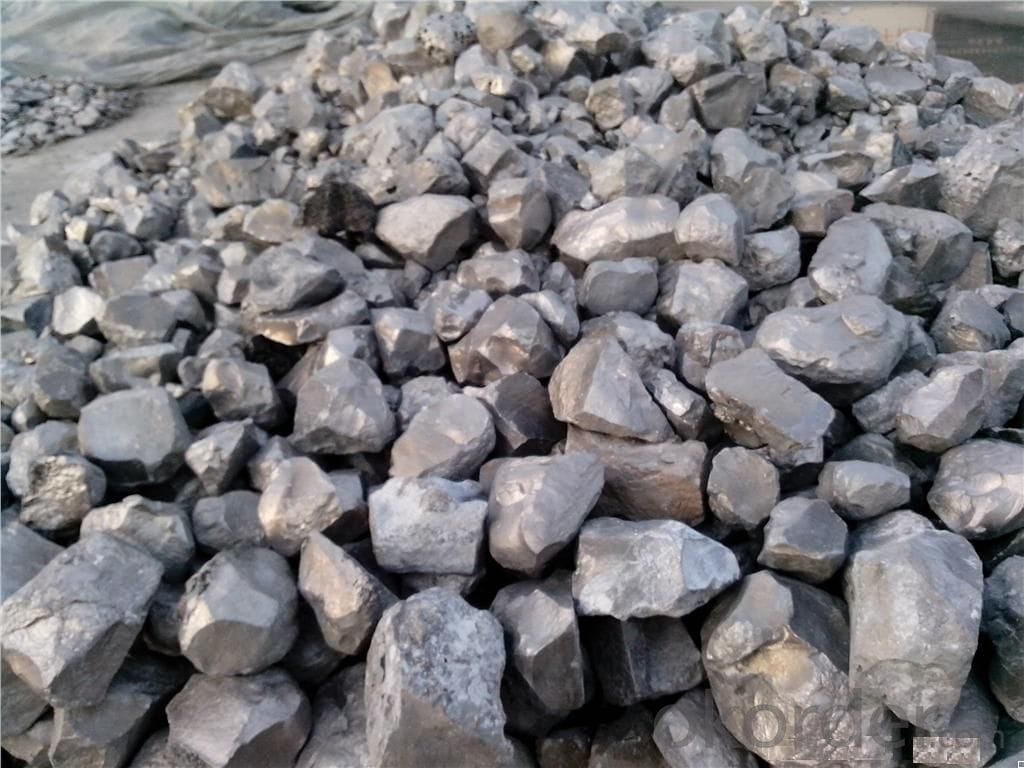Ripening is a process in fruits that causes them to become more palatable. In general, the fruit becomes sweeter, less green (typically “redder”), and softer as it ripens.
Ripening agents accelerate ripening. An important ripening agent is an ethylene, a gaseous hormone produced by many plants. Many synthetic analogues of ethylene are available They allow many fruits to be picked prior to full ripening, which is useful since ripened fruits do not ship well. For example, bananas are picked when green and artificially ripened after shipment by being exposed to ethylene.
Calcium carbide is also used in some countries for artificially ripening fruit. When calcium carbide comes in contact with moisture, it produces acetylene gas, which is similar in its effects to the natural ripening agent, ethylene. Acetylene accelerates the ripening process. Catalytic generators are used to produce ethylene gas simply and safely. Ethylene sensors can be used to precisely control the amount of gas. Covered fruit ripening bowls or bags are commercially available. These containers increase the amount of ethylene and carbon dioxide gases around the fruit, which promotes ripening.
Ripening indicators like Iodine (I) can be used to determine whether fruits are ripening or rotting by showing whether the starch in the fruit has turned into sugar. For example, a drop of iodine on a slightly rotten part (not the skin) of an apple will stay yellow or orange, since starch is no longer present. If the iodine is applied and takes 2–3 seconds to turn dark blue or black, then the process of ripening has begun but is not yet complete. If the iodine becomes black immediately, then most of the starch is still present at high concentrations in the sample, and hence the fruit hasn’t fully started to ripen.
